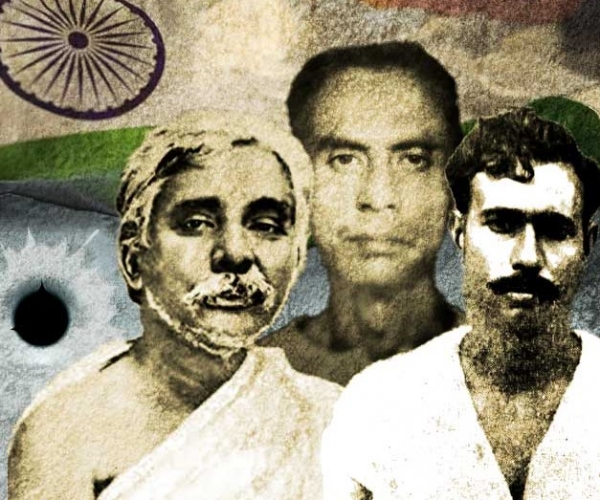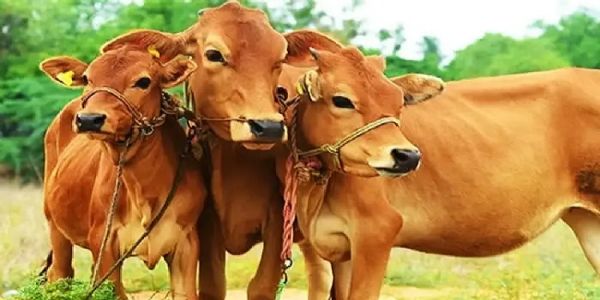
Vice-Chancellor issues apology; teachers removed from duty
Critics say mislabeling revolutionaries like Hemchandra Ghosh undermines India’s freedom struggle
Kolkata, 12 July (H.S.)
A major controversy has erupted after Vidyasagar University’s sixth-semester history (honours) question paper referred to Indian freedom fighters as “terrorists”. The question, under the paper titled Modern Nationalism in India, described the revolutionary youth of the 1930s — who gave their lives for India’s independence — in terms typically used to describe extremists. The issue has sparked outrage, raising questions over the academic sensitivity and the collective memory of India’s freedom struggle.
In the controversial question, one of the figures referenced was Hemchandra Ghosh — a key member of the Bengal Volunteers — who led a mission that resulted in the assassination of British District Magistrate James Pedie in 1931. The paper used the term “terrorist” to refer to Ghosh and other members of the group who took part in armed resistance against British colonial rule.
Vidyasagar University Vice-Chancellor Dr. Deepak Kar has issued a formal apology, calling the usage an “unintentional error”. He confirmed that two faculty members responsible for preparing the paper have been relieved of their duties, and an inquiry has been launched. However, the incident has sparked a broader debate about the terminology used in academic discourse to describe India's freedom fighters.
Assassination of James Pedie: The 1931 Midnapore Incident
The episode in question occurred on April 7, 1931, when District Magistrate James Pedie was shot dead during an exhibition at Midnapore Collegiate School. Pedie, known for his harsh crackdown on satyagrahis in Digha, had become a symbol of colonial oppression. In retaliation, the Bengal Volunteers planned his assassination, led by Hemchandra Ghosh and executed by Bimal Dasgupta and Jyotijeevan Ghosh. As Pedie arrived at the venue, the revolutionaries created a blackout and opened fire, killing him on the spot. Remarkably, both assailants managed to escape.
Bimal Dasgupta later went into hiding, working in Jharia's coal mines. Though never arrested for Pedie’s killing, he was eventually captured in connection with the assassination of another British officer, Villiers, in 1932. He was sent to the Cellular Jail in the Andaman Islands and released in 1942. He passed away in 2000 at the age of 90.
Midnapore: A Hub of Revolutionary Activity
Midnapore witnessed several high-profile assassinations of British magistrates, making it a symbol of resistance against colonial rule. Following Pedie’s assassination, magistrates Robert Douglas and B.E.J. Burge were also targeted. Douglas was killed by Prabhanshu Shekhar Pal and Pradyut Kumar Bhattacharya, while Burge was assassinated by a group including Anathbandhu Panja, Nirmal Jiban Ghosh, Mrigendra Nath Dutta, Ramkrishna Roy, and Brajakishore Chakraborty.
It is the reference to these brave individuals as “terrorists” that has drawn sharp criticism from historians, political leaders, and civil society alike.
A Deeper Misstep Than Just a Word
Critics argue that such terminology is not merely a linguistic error but reflects a worrying insensitivity to the sacrifices made by India's revolutionaries. They stress that freedom fighters like Hemchandra Ghosh, who inspired even leaders like Subhas Chandra Bose, should be remembered as heroes, not vilified with terms used by the very colonial powers they fought against.
“This is not just a semantic issue — it’s a betrayal of our historical consciousness,” one academic commented. “These were individuals who knowingly risked their lives to challenge an oppressive regime. Calling them ‘terrorists’ diminishes their legacy and distorts the truth.”
Remembering a Legacy Written in Blood
India’s freedom struggle was not monolithic. While non-violent resistance played a central role, armed revolutionaries also made profound sacrifices. The mistake in the question paper has reopened a larger conversation: are we gradually erasing the more complex and radical aspects of our own history?
As the nation continues to reflect on the legacy of its freedom fighters, this incident serves as a reminder that historical memory must be handled with care — and that the words we use to describe our past shape the values we pass on to future generations.
Hindusthan Samachar / Satya Prakash Singh






